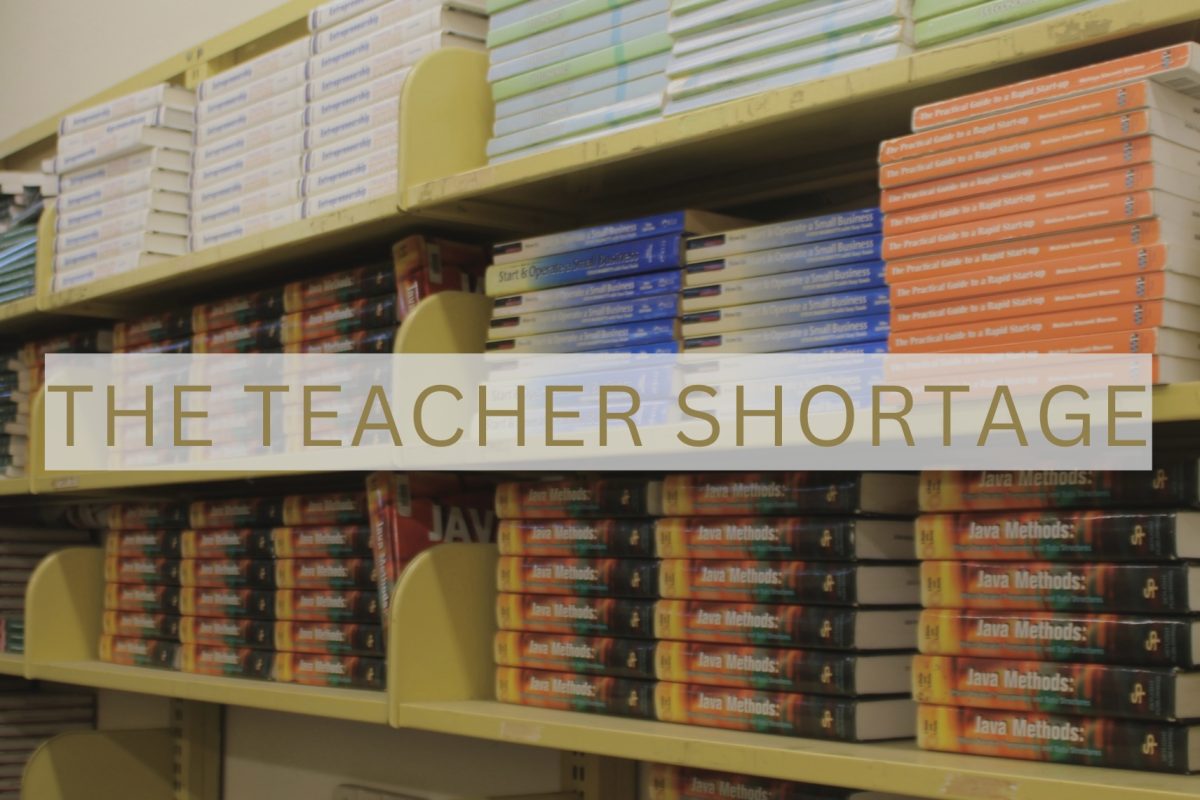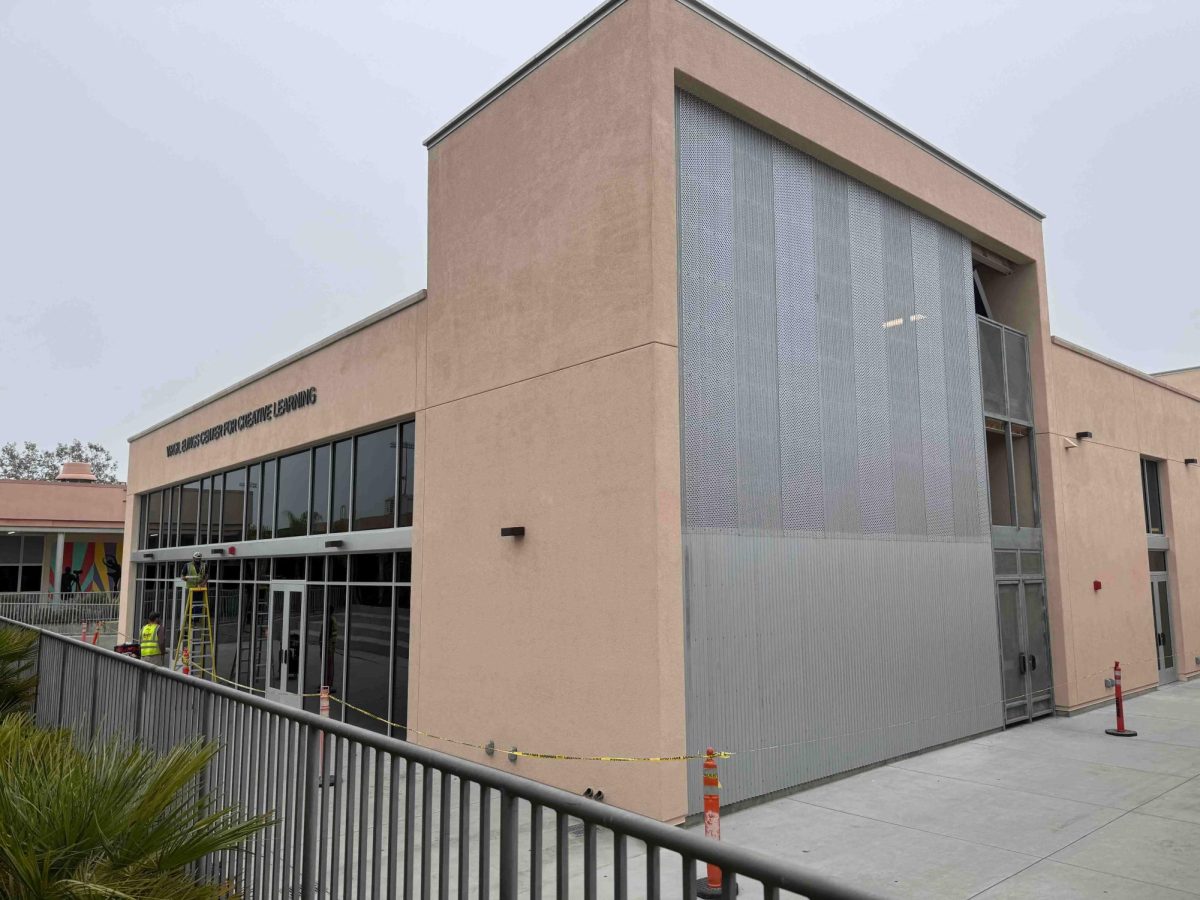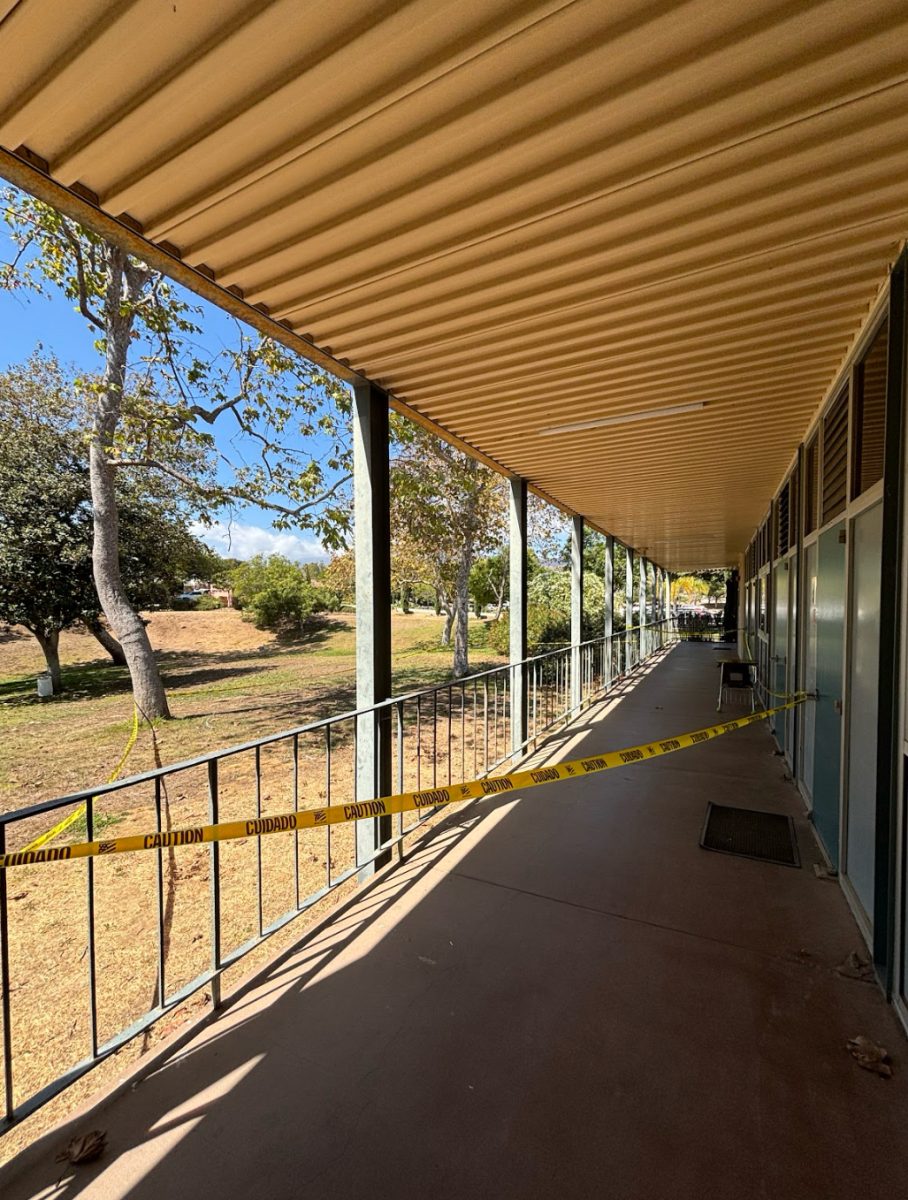In recent years, schools nationwide have seen teacher shortages as well as teachers who have decided to leave the profession.
A survey conducted by the California Teachers Association (CTA) of more than 4,600 current teachers, found that four out of every 10 teachers surveyed have considered leaving the profession, and 20 percent said that they will probably or definitely leave the profession within the next three years due to issues such as low salaries, poor student behavior, or heavy workloads.
“Over 88 percent of teachers identified better pay as the top priority [that] state and local officials should prioritize in order to improve teacher retention,” CTA said. “Followed by smaller class sizes, stronger discipline policies for students who behave disruptively, better staffing, and a more manageable workload.”
The effects of the teacher shortage can also be seen within the Santa Barbara Unified School District.
“Right now, the main way that the teacher shortage in Santa Barbara has impacted … our master schedule, is in two departments,” said Melissa Ewart, the Assistant Principal of Student Outcomes at Dos Pueblos. “I would say world language is greatly impacted … We are having a hard time … finding Spanish teachers to teach our students, and that’s not just at DP, that’s across the whole city.”
With the teacher shortage, some teachers do not have a prep period and are teaching all four periods— which is called “four thirds.” Spanish teachers are among others that are teaching “four thirds.”
“I’m not the only Spanish teacher teaching four thirds, which means I don’t have a prep, [so] I’m teaching all four periods,” said Marcelo Cruz, a Spanish teacher at DP. “And that just takes away a lot of time from prepping, from grading, answering emails, making phone calls … [teaching] the class is not the hard part.”
With the cost of living in Santa Barbara, some teachers cannot live in the city and have to commute to work.
“The biggest thing for our community is getting a fair wage, [and] being paid a competitive salary, in order to live in this area,” said Tiffany Yeh, a math teacher at DP. “ I have a lot of friends who don’t live in Santa Barbara, and then they teach here so they spend a lot of time commuting back and forth.”
Along with the cost of living in Santa Barbara, the salaries that teachers are offered by SBUnified are lower than the surrounding districts.
“There are no candidates, there are no people waiting in line to be interviewed for the position,” Cruz said. “The position is there, the district has posted it. Anybody who’s looking for a Spanish position, I’m sure has seen it. I think in the end, it comes down to affording to live here [and] the salary that the district would offer … and they would obviously compare us to other districts, other cities, other, maybe even other states, and most people are probably going to find that this is not the place to start because … it would take a lot of their salary to live comfortably here.”
The teacher shortage also affects the class sizes, causing them to be larger. Teachers in SBUnified cannot have more than 35 students per class and no more than 90 students in a semester, but right now they are operating at maximum capacity.
“When [you] have more students in the classroom, your students aren’t getting all the attention that … [they] need to be successful, because we have to cram everyone into a room,” Yeh said.
Salaries have been under negotiation between Santa Barbara Teachers Union (SBTA) and the SBUnified district. There have also been student-led walkouts, in which the students displayed their support for the teachers in the negotiations.
“We don’t get paid very much in this district in comparison to surrounding districts, and in other places in general in the state of California,” Yeh said. “We … have just declining enrollment across the district in general. I think that a lot of teachers are having a hard time teaching and so they’re choosing other careers.”















